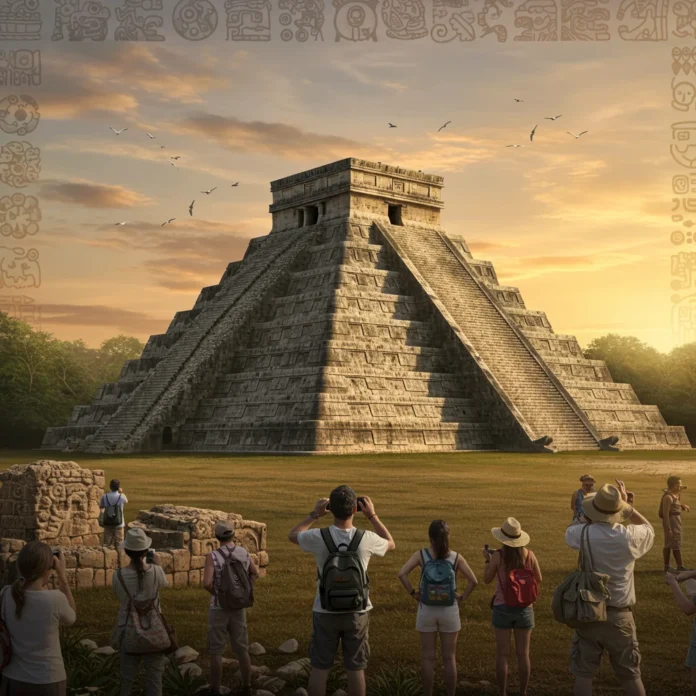Introduction: Unveiling the Mystery of Chichen Itza
Few ancient sites spark as much intrigue as Chichen Itza, a sprawling city of stone pyramids, ritual courts, and enigmatic carvings in the heart of Mexico’s Yucatán Peninsula. The question of who truly built this monumental city has fascinated scholars, travelers, and local communities for generations. As we trace the origins of its creators, we encounter a tapestry of history, legend, and new discoveries that continue to challenge what we know.
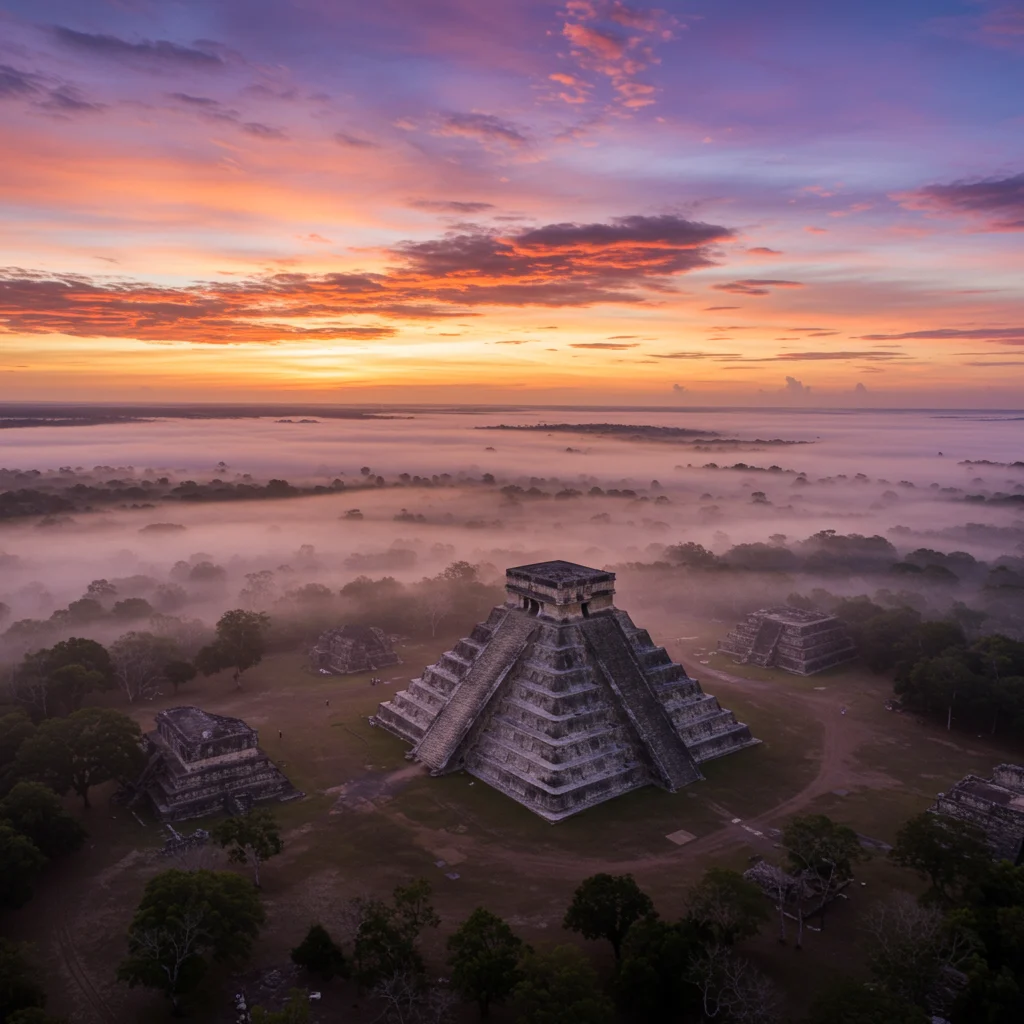
Why Is Chichen Itza’s Origin So Fascinating?
The origins of Chichen Itza captivate us because they reveal more than just architecture—they shine a light on the rise, fall, and transformation of powerful civilizations. The city’s blend of styles, myths, and artifacts offers a window into ancient cultural exchange, political shifts, and spiritual life. Each stone tells a story, inviting us to unravel the mysteries of its makers.
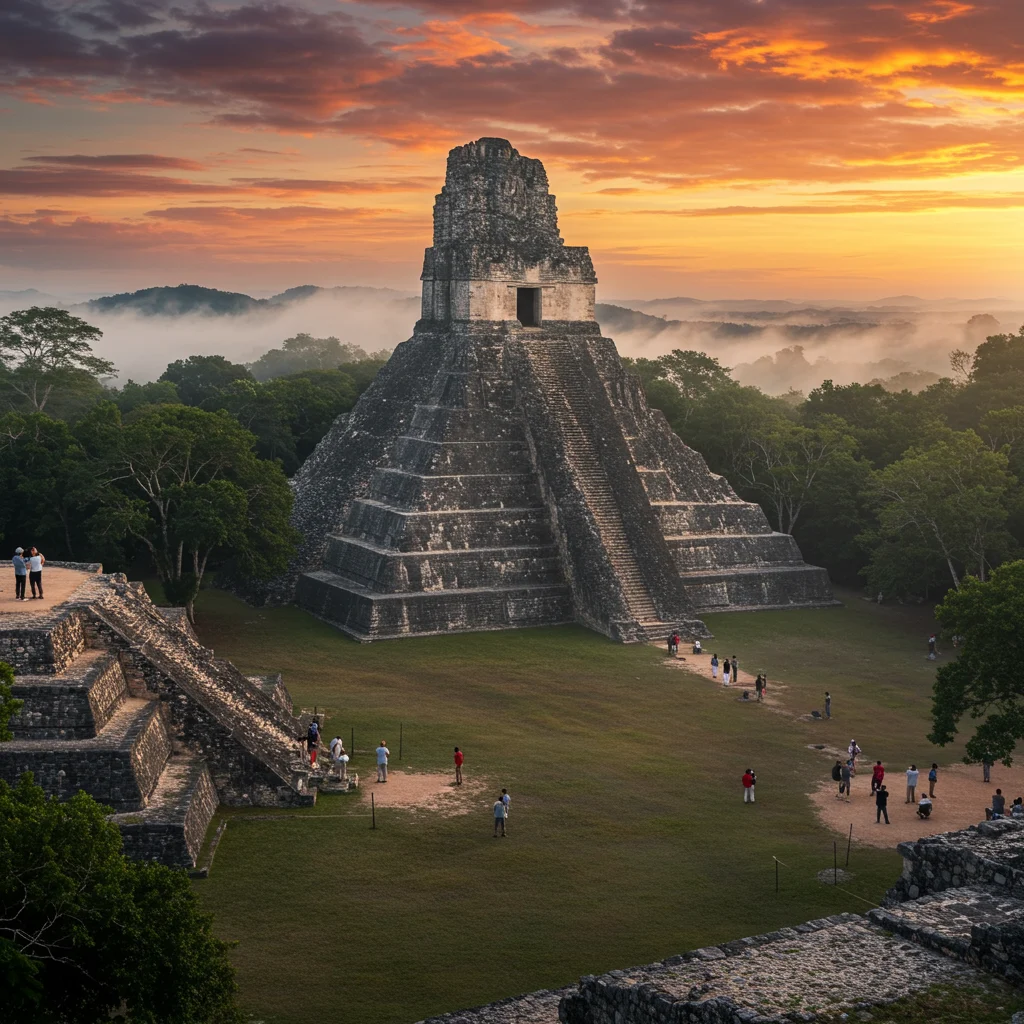
Where Is Chichen Itza Located?
Chichen Itza stands on the northern Yucatán Peninsula in modern-day Mexico, surrounded by dense jungle and limestone plains. Its central location made it a crossroads for trade, pilgrimage, and cultural interaction among Maya and other Mesoamerican peoples. The region’s unique landscape, with natural sinkholes called cenotes, shaped both daily life and spiritual practices within the city.
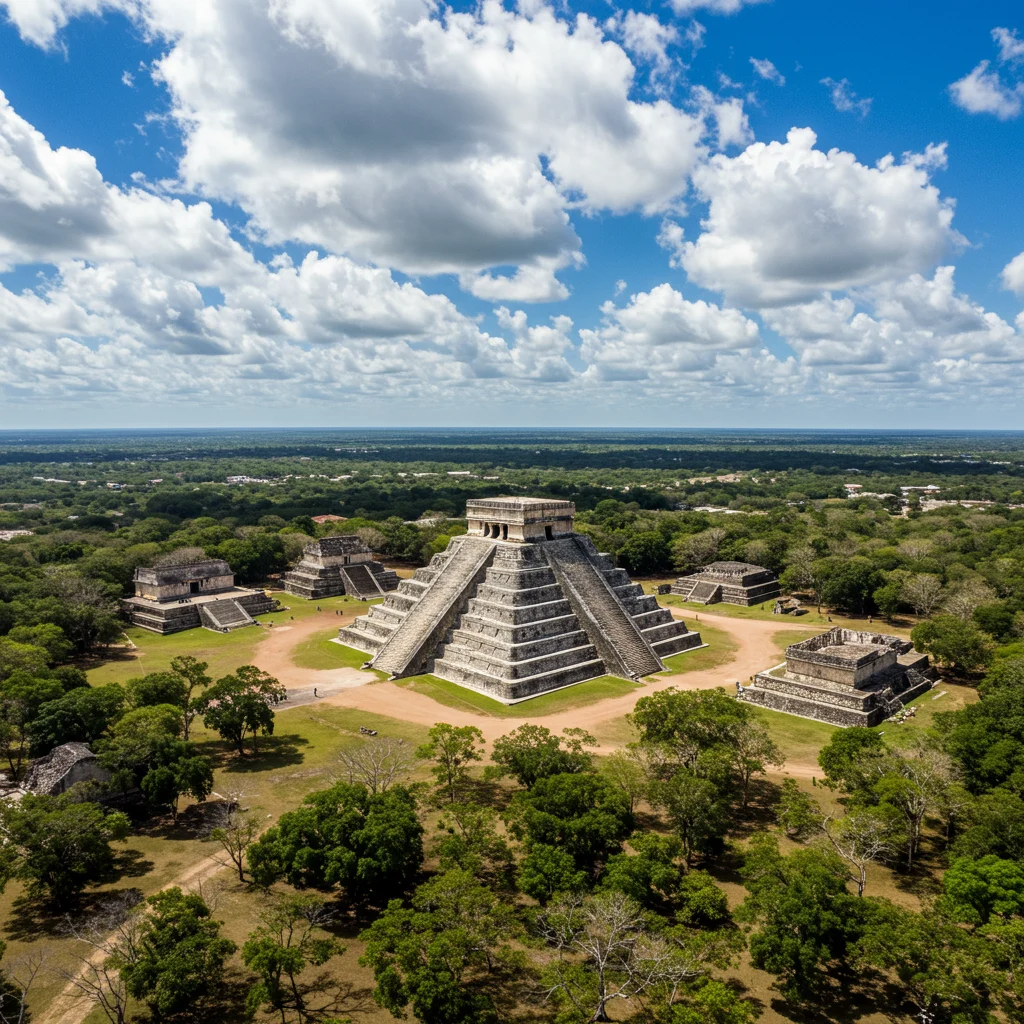
A Brief Overview of Chichen Itza’s Historical Significance
As one of the most important Maya archaeological sites, Chichen Itza reflects a period of remarkable social, religious, and technological development. The city served as a major urban, ceremonial, and economic center from the Late Classic to the Early Postclassic periods (c. 600–1200 CE). Its influence reached far beyond the Yucatán, drawing visitors and goods from distant lands, much like the bustling plazas of Teotihuacan, which we discuss in our post about exploring Mexico’s ancient wonders.

Who Were the Maya? Understanding the Civilization
The Maya civilization flourished across present-day Mexico, Guatemala, Belize, Honduras, and El Salvador. Renowned for their advanced writing, astronomy, and mathematics, the Maya built cities with grand plazas, pyramids, and intricate stonework. Their society was organized into city-states, each ruled by a king and a class of priests who maintained complex calendars and religious rituals.
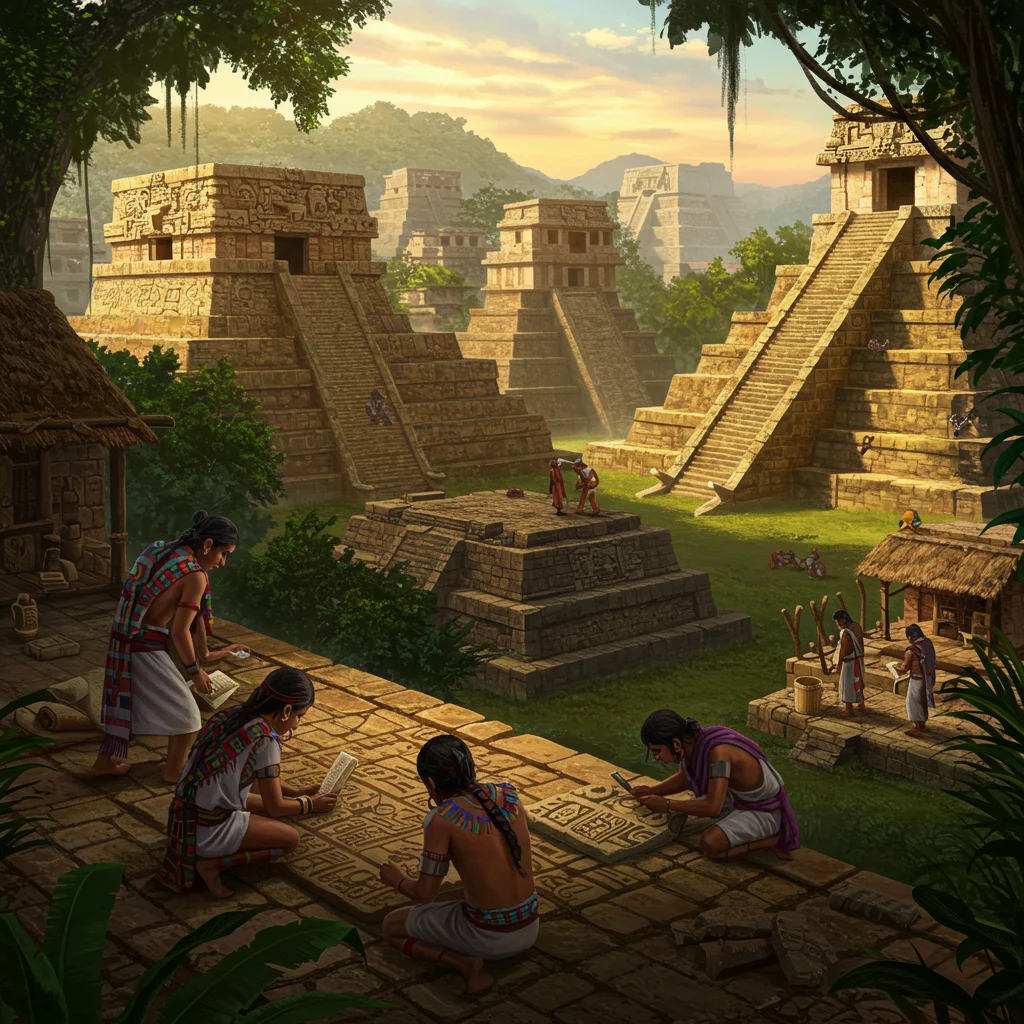
When Was Chichen Itza Built?
The construction of Chichen Itza spanned several centuries, beginning as early as the 5th or 6th century CE. Major building phases continued through the 10th and 11th centuries, reflecting the city’s shifting leadership and evolving cultural influences. Archaeologists continue to refine the timeline as new evidence emerges from excavations and technological advances.

Theories About Who Built Chichen Itza
Debates about Chichen Itza’s builders center on the roles of the Itza Maya, the Toltecs, and local Maya communities. Multiple theories have been proposed, each supported by distinct archaeological, iconographic, and historical evidence.

Was Chichen Itza Built by the Itza Maya?
Many scholars attribute the city’s core monuments to the Itza Maya, a group renowned for their political and religious leadership. The Itza are believed to have migrated into the region, bringing new ideas and consolidating power over earlier settlements.
Did Toltec Influence Shape Chichen Itza?
Another theory suggests that the Toltecs from central Mexico exerted a profound influence, either through conquest or cultural exchange. The presence of Toltec-style art and architecture, especially in the Temple of the Warriors, supports this view.
Could Other Mesoamerican Cultures Have Been Involved?
Some researchers propose that trade and migration brought influences from other Mesoamerican peoples, including the Zapotec and Mixtec. While less direct, these interactions may have contributed to Chichen Itza’s cosmopolitan character.
The Role of Local Maya Communities
Local Maya played a central role in both the city’s construction and its daily life. Skilled artisans, laborers, and priests from the surrounding region shaped Chichen Itza’s skyline, blending imported styles with traditional Maya forms.
Archaeological Evidence: What Do the Ruins Reveal?
The ruins of Chichen Itza provide a wealth of information through their architectural styles, carvings, and inscriptions. Each structure and artifact offers clues about the city’s builders and the cultures that influenced its development.
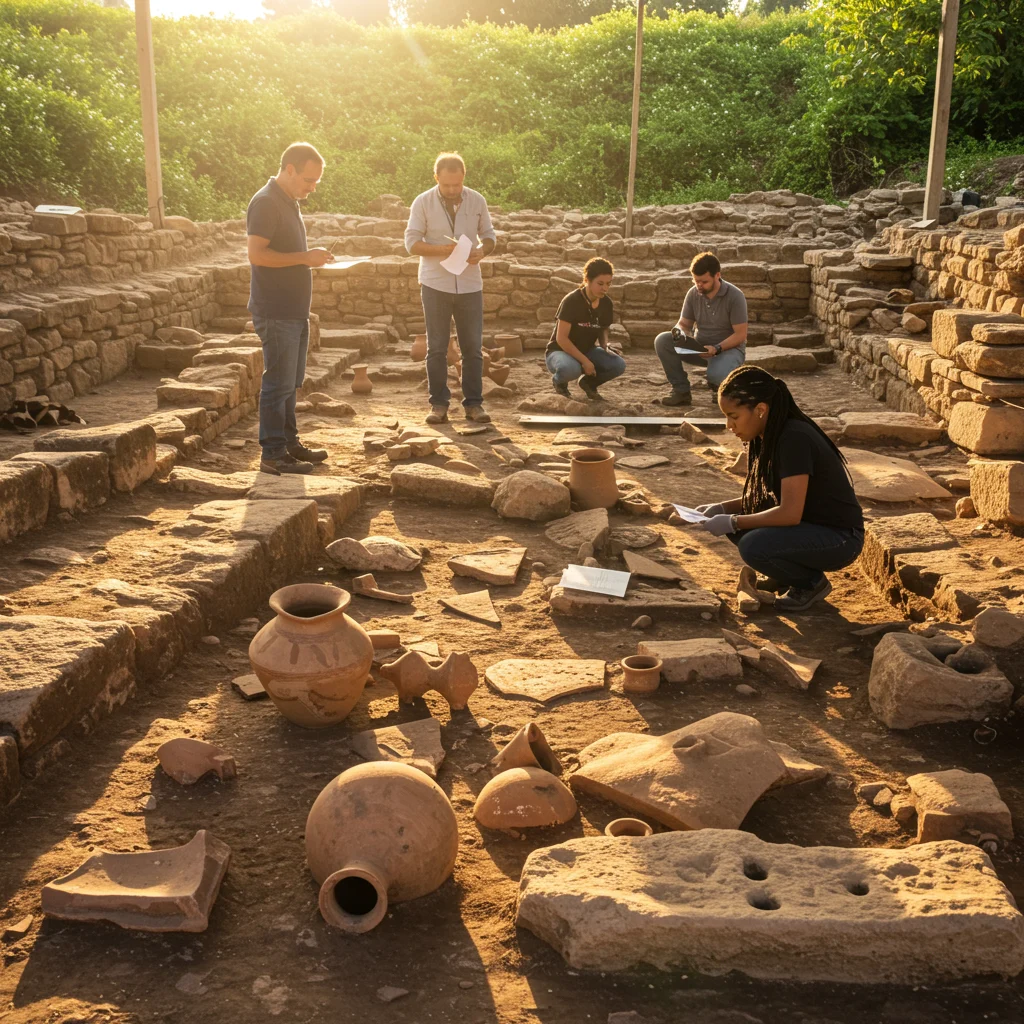
Architectural Styles in Chichen Itza
Chichen Itza’s buildings display a remarkable fusion of styles, from classic Maya motifs to Toltec-inspired columns and reliefs.
The Puuc Style: Maya Origins or External Influence?
Early structures feature the Puuc style, distinguished by ornate stone mosaics, geometric patterns, and long-nosed masks. While firmly rooted in Maya tradition, some elements hint at contact with neighboring regions.
The Toltec-Maya Fusion: How Did It Happen?
Later monuments, such as the Temple of the Warriors, reveal a Toltec-Maya fusion. Columns carved with warriors and serpents echo styles found at Tula, the Toltec capital, suggesting either direct migration or sustained cultural exchange.
Iconography and Carvings: Who Are Depicted?
Stone reliefs throughout Chichen Itza depict warriors, priests, deities, and captives. These images blend Maya and Toltec iconography, with feathered serpents, jaguars, and eagle warriors appearing alongside traditional Maya gods. The merging of motifs reflects the city’s multicultural character.
Epigraphic Evidence: What Do Inscriptions Tell Us?
Hieroglyphic inscriptions provide direct evidence of rulers, historical events, and religious practices. While many texts employ classic Maya script, some introduce new terms and titles, indicating the arrival of outsiders or the adoption of foreign customs.
Key Structures: Who Designed the Major Monuments?
Chichen Itza’s most iconic monuments were the work of diverse hands and minds. Their design, engineering, and symbolism reflect the city’s role as both a Maya religious center and a crossroads of cultural innovation.

El Castillo (Temple of Kukulcán): Maya or Toltec Creation?
El Castillo, the towering pyramid at the heart of Chichen Itza, is a masterpiece of Maya engineering with clear Toltec influences. Its four stairways, serpent motifs, and astronomical alignments point to a synthesis of local and imported ideas.
The Great Ball Court: Whose Engineering Was It?
The Great Ball Court is the largest in Mesoamerica, with acoustics so precise that a whisper at one end can be heard at the other. Its scale and iconography suggest collaboration between Maya architects and Toltec artisans, mirroring similar sporting traditions across the region.
The Temple of the Warriors: What Does Its Design Reveal?
This temple complex features rows of carved columns and reliefs depicting warriors and deities. The architectural style closely resembles Toltec structures at Tula, reinforcing the idea of shared or transferred knowledge.
The Sacred Cenote: Rituals and Builders
The Sacred Cenote served as a center for ritual offerings and sacrifices. Archaeological finds, including jade, gold, and human remains, point to its importance for both local Maya and incoming elites. The cenote’s spiritual significance endures, much like the cenotes of Tulum, which we explore in our post about the ruins and sacred waters of the region.
Chronology of Construction: Piecing Together the Timeline
Understanding when different parts of Chichen Itza were built helps clarify who was responsible for each phase. Archaeological studies, radiocarbon dating, and stylistic analysis provide a framework for the city’s complex history.
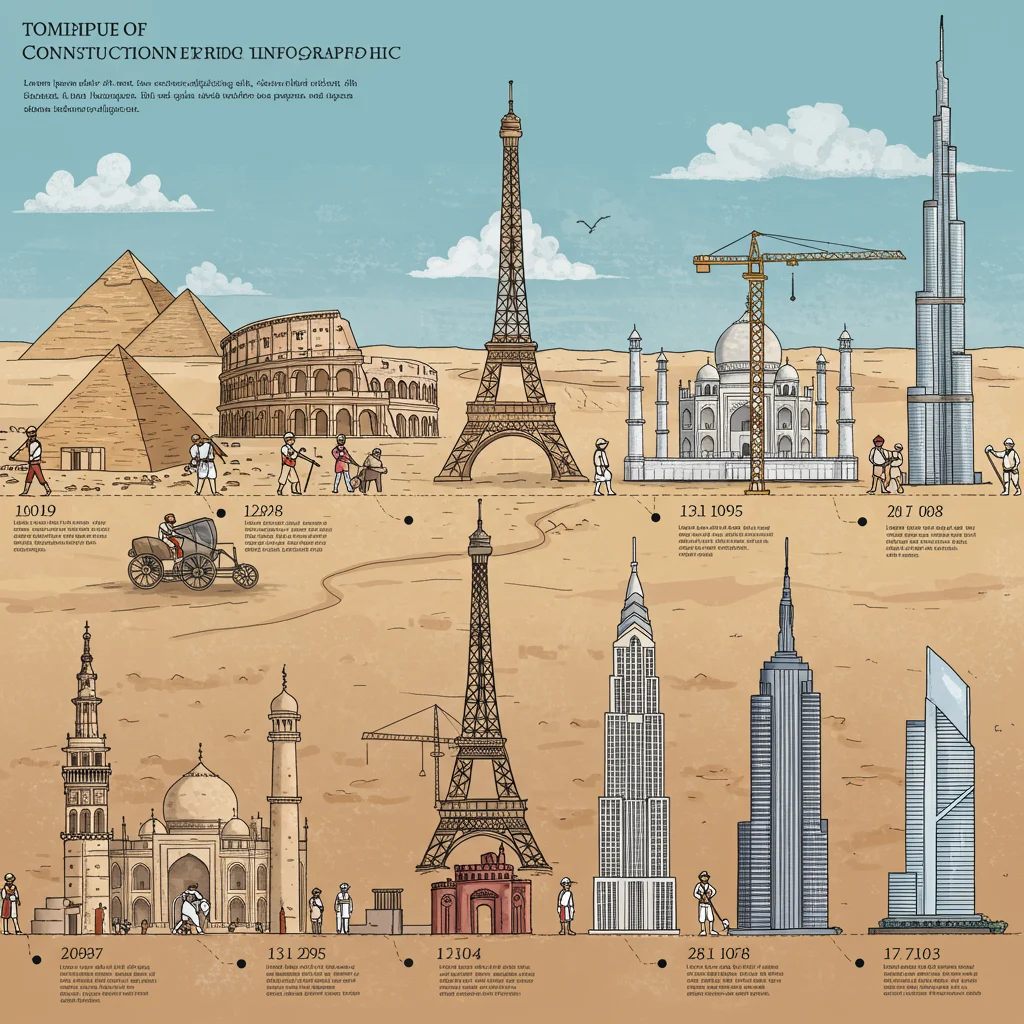
Early Settlement: Pre-Chichen Itza Occupation
The area was inhabited long before Chichen Itza’s rise, with early Maya communities establishing small villages and ceremonial sites. These settlements laid the groundwork for later urban expansion.
The Rise of the Itza: When Did They Arrive?
The arrival of the Itza Maya, possibly in the 9th century, marked a new era of construction and political consolidation. They introduced new religious practices and architectural forms, transforming Chichen Itza into a regional power.
The Toltec Era: Evidence of a New Order
By the 10th century, the influence of the Toltecs became evident in the city’s monuments and artifacts. Whether through alliance, migration, or conquest, their presence signaled a shift in leadership and artistic style.
Later Additions and Modifications
Construction continued into the 12th and 13th centuries, with new temples and civic spaces reflecting changing political dynamics. Modifications to older structures reveal ongoing adaptation and reuse by successive generations.
Who Were the Itza? Tracing Their Origins
The Itza are central to Chichen Itza’s story, yet their origins remain a subject of debate. Tracing their migration and cultural identity uncovers a fascinating blend of myth and historical record.
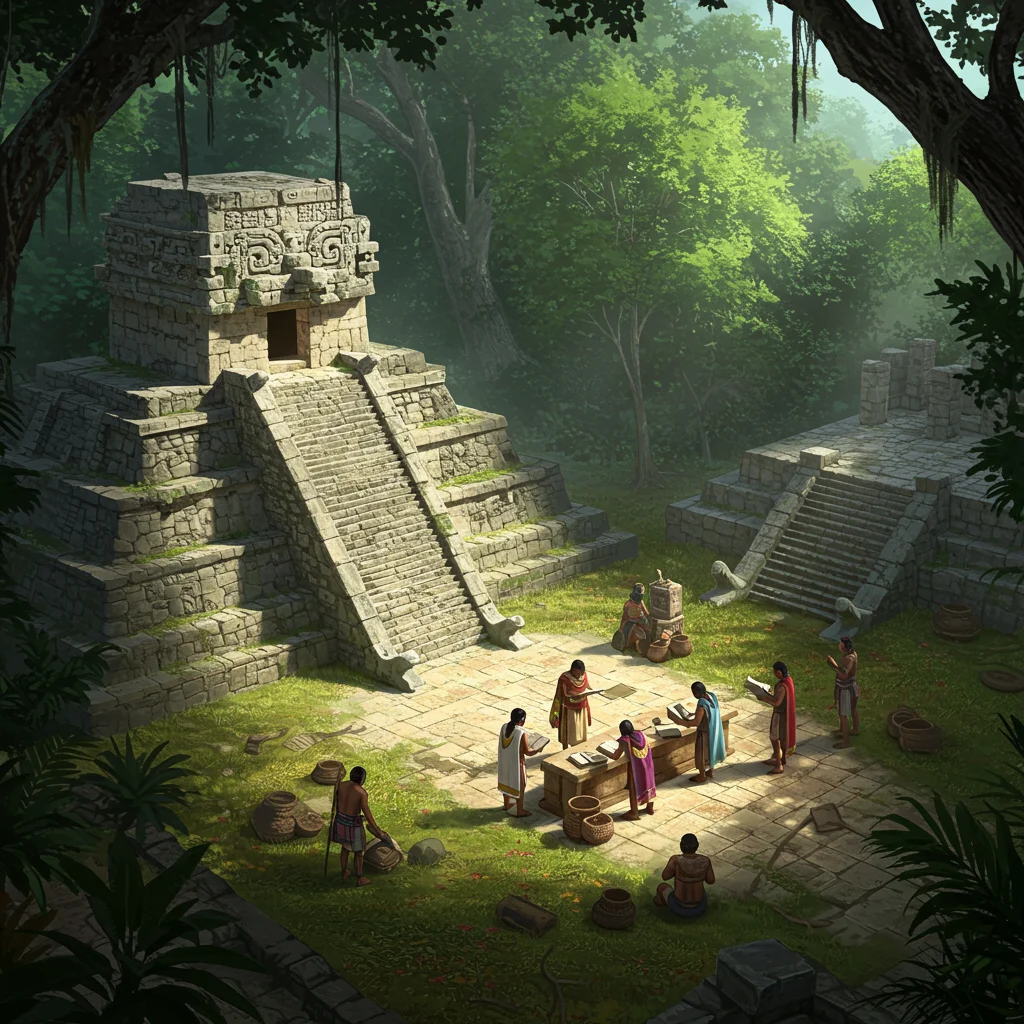
Migration Stories: Where Did the Itza Come From?
According to Maya chronicles and oral tradition, the Itza migrated from the west or south, possibly fleeing conflict or seeking new lands. Their journey is recounted in legends, with some suggesting a connection to other great cities like Teotihuacan.
The Itza in Maya Chronicles and Oral Tradition
Maya texts and stories portray the Itza as powerful rulers, skilled in warfare, diplomacy, and religious ceremony. Their leadership at Chichen Itza is credited with ushering in a period of prosperity and innovation.
The Toltec Connection: Fact or Legend?
Few questions have sparked as much controversy as the nature of Toltec influence at Chichen Itza. While some see evidence of direct conquest, others argue for a more complex process of cultural blending.
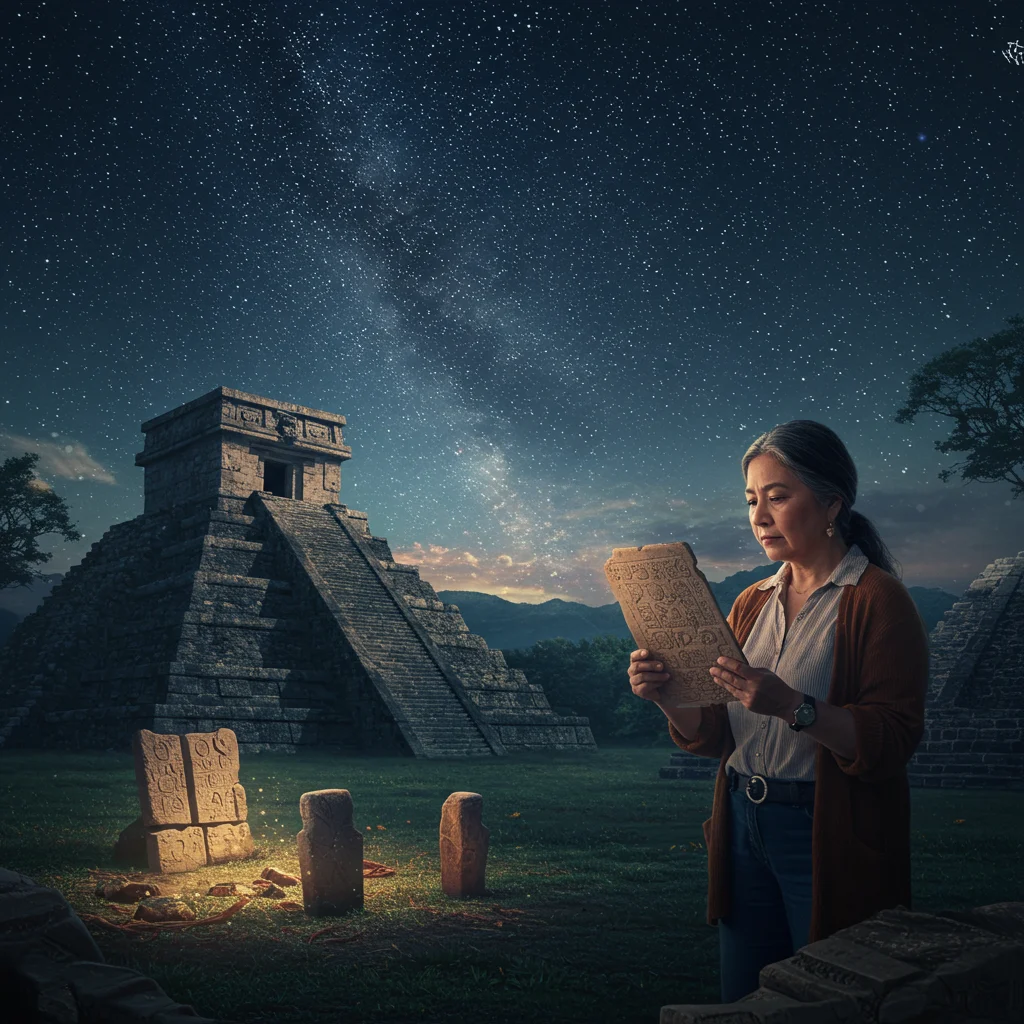
Who Were the Toltecs?
The Toltecs were a powerful civilization centered at Tula in central Mexico during the 10th to 12th centuries. Renowned for their military prowess and artistry, they left a legacy of monumental architecture and mythic rulers.
How Did Toltec Influence Reach Chichen Itza?
Trade, migration, and intermarriage likely facilitated the transmission of Toltec styles and ideas to Chichen Itza. The exchange of goods and knowledge connected distant cities, much as travelers today move between vibrant Mexican destinations. For a modern perspective on cultural fusion, our article on the creative energy of Condesa highlights how shared influences continue to shape Mexico’s identity.
Shared Deities and Myths: Kukulcán and Quetzalcoatl
Both the Maya and Toltecs venerated feathered serpent deities—Kukulcán for the Maya and Quetzalcoatl for the Toltecs. This shared symbolism appears throughout Chichen Itza’s monuments, reinforcing the interconnectedness of Mesoamerican religions.
Artifacts Linking Toltecs and the Maya
Archaeologists have uncovered ceramics, weapons, and jewelry at Chichen Itza that closely resemble those from Tula. These finds support the theory of direct contact and cultural exchange between the two civilizations.
Debates Among Historians: Who Gets Credit for Chichen Itza?
Scholars continue to debate who deserves credit for Chichen Itza’s construction and legacy. Divergent interpretations reflect the complexity of the city’s history and the diversity of its inhabitants.
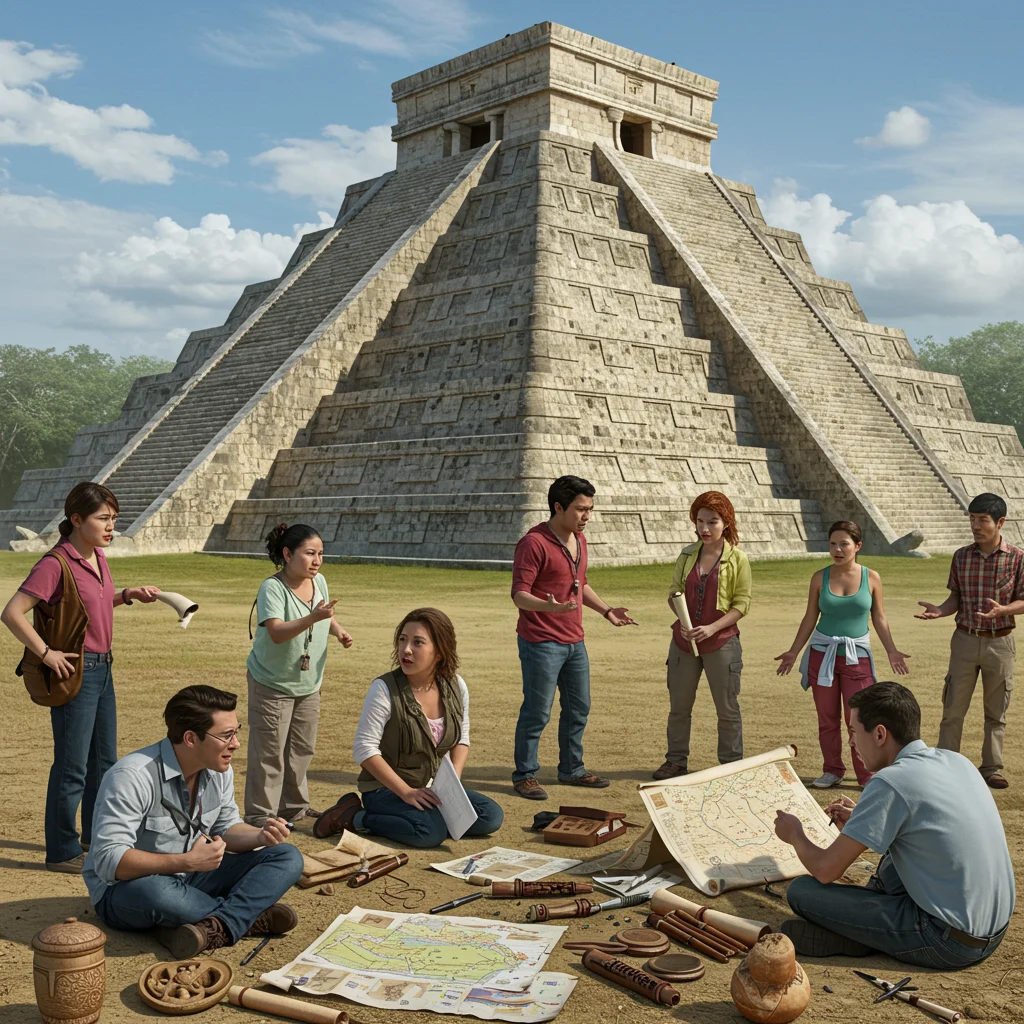
Traditional Maya Attribution
Many historians emphasize the primacy of the Maya, arguing that local builders, leaders, and artisans established the city’s foundations and maintained its core traditions.
The Toltec Invasion Theory
Some propose that the Toltecs invaded and took control of Chichen Itza, imposing their own rulers and religious practices. However, archaeological evidence for a violent conquest remains inconclusive.
The Hybrid Culture Hypothesis
A growing body of research supports the idea of a hybrid Toltec-Maya culture, in which both groups contributed to the city’s development. This perspective explains the blend of styles and the coexistence of diverse traditions.
What Do Modern Archaeologists Say?
Contemporary experts stress the importance of viewing Chichen Itza as a multicultural metropolis, shaped by migration, alliance, and exchange rather than simple conquest. As experts often say:
“Chichen Itza is not the product of a single people, but a masterpiece of cooperation and adaptation among many.”
The Role of Trade and Cultural Exchange
Trade networks connected Chichen Itza to distant regions, enriching its culture and economy. Artifacts and building materials from far-flung locations reveal the city’s role as a hub of exchange.
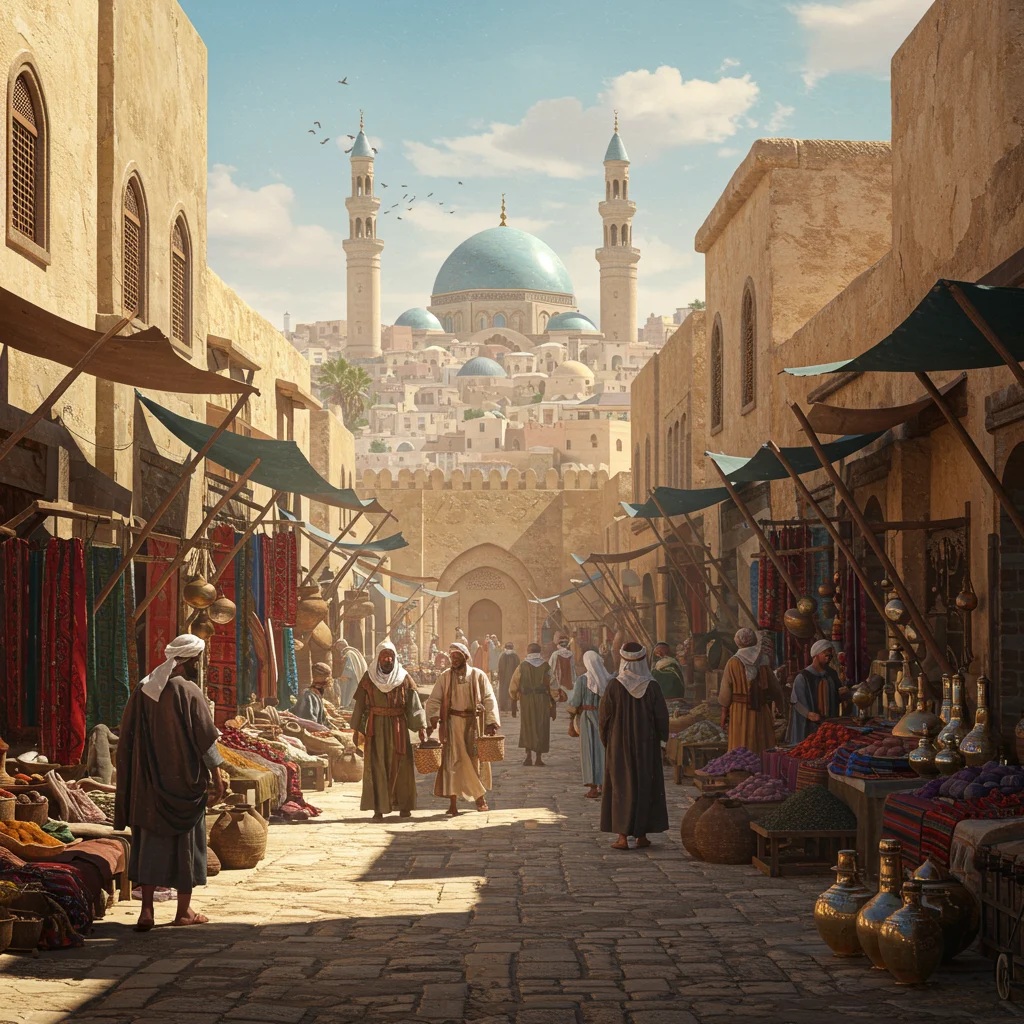
Evidence of Long-Distance Trade at Chichen Itza
Archaeologists have found obsidian from central Mexico, jade from Guatemala, and shells from the Caribbean at Chichen Itza. These items arrived through established trade routes, linking the city to a broader Mesoamerican world.
Imported Materials: What Do They Reveal?
The presence of exotic goods underscores the city’s wealth and cosmopolitan identity. Imported stones and pigments were used to decorate temples and tombs, adding color and prestige to sacred spaces.
How Did Cultural Exchange Influence Architecture?
Exposure to foreign ideas and technologies fostered innovation in architecture, engineering, and art. The city’s fusion of styles stands as a testament to the creativity that springs from cultural interaction, much like the evolving traditions found in coastal towns such as Cozumel, which we discuss in our article on ancient ruins and modern adventures.
Religious Significance: Who Controlled Spiritual Life?
Control over religious life was central to Chichen Itza’s power. The city’s priests, temples, and rituals reflect a complex blend of Maya and Toltec beliefs.
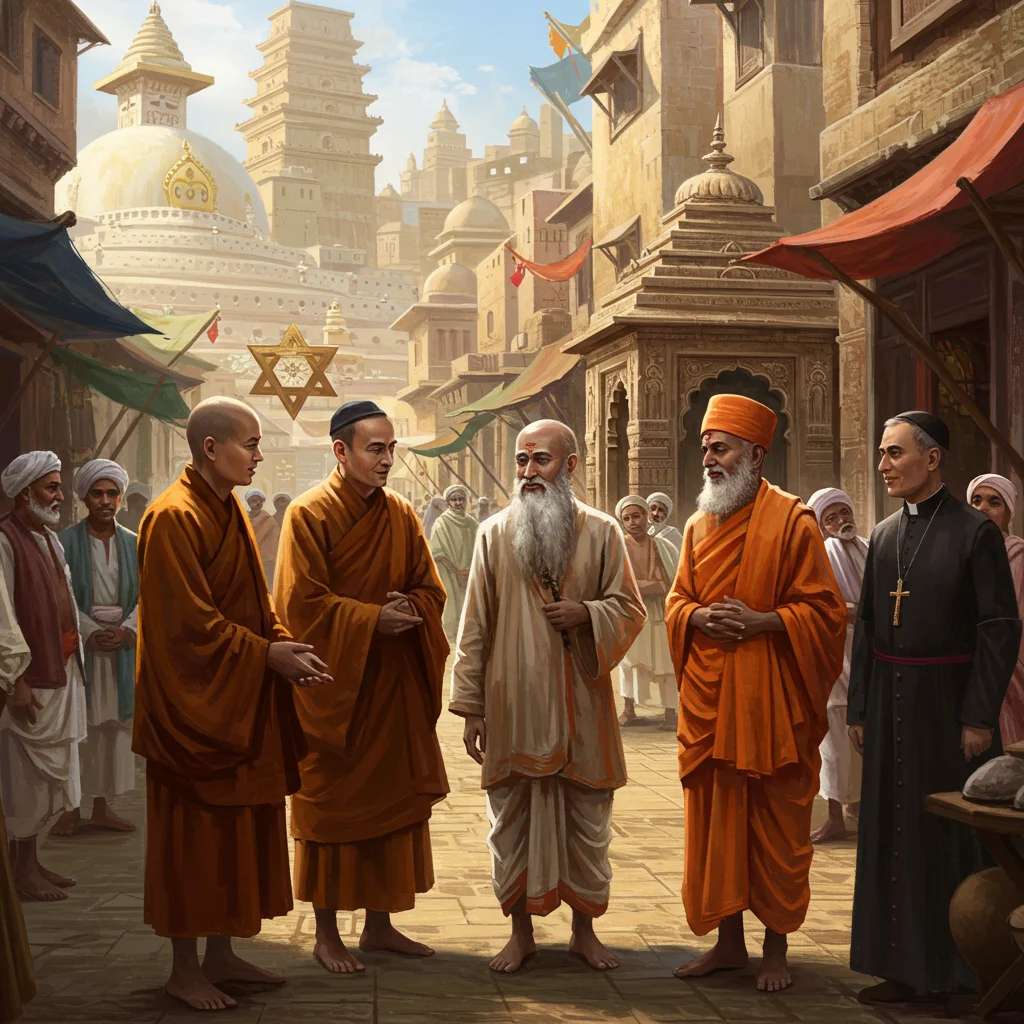
Priestly Classes: Maya or Toltec Leadership?
Epigraphic and iconographic evidence points to both Maya and Toltec priesthoods serving at Chichen Itza. Leadership may have shifted over time, with new religious orders taking root alongside established traditions.
Rituals and Ceremonies Unique to Chichen Itza
Ceremonies at Chichen Itza ranged from public festivals to secretive rites in the Sacred Cenote. The city’s calendar was punctuated by dramatic processions, sacrifices, and astronomical events, reinforcing the authority of its spiritual leaders.
The Cult of Kukulcán: Shared or Imported?
The widespread veneration of Kukulcán illustrates how religious practices were shared, adapted, and transformed across cultures. The feathered serpent’s imagery appears in both Maya and Toltec contexts, symbolizing renewal, power, and divine wisdom.
Legends and Oral Histories: What Do Locals Say?
Local communities continue to preserve legends about Chichen Itza’s founding and builders. These stories add depth and color to archaeological findings, offering perspectives not found in stone or text.

Yucatec Maya Legends of Chichen Itza’s Founding
Yucatec Maya oral history tells of visionary leaders, battles, and miracles that led to the city’s construction. Some tales credit the Itza with harnessing supernatural forces to raise the great pyramid and temples.
Spanish Accounts: How Did Conquistadors Interpret the Builders?
Spanish chroniclers arriving in the 16th century marveled at Chichen Itza’s ruins, often attributing them to lost tribes or legendary kings. While sometimes inaccurate, their writings preserved valuable details about the site’s appearance and local traditions.
Modern Indigenous Perspectives
Today, descendants of the ancient Maya maintain a deep connection to Chichen Itza, honoring it as a sacred place and symbol of resilience. Their voices remind us that the city’s story continues to evolve, shaped by memory and pride.
Recent Discoveries: How New Findings Change Our Understanding
Advances in technology and science have revolutionized our understanding of Chichen Itza, revealing hidden structures, untold stories, and unexpected connections.

Lidar Scans and Hidden Structures
Lidar (light detection and ranging) surveys have uncovered previously unknown buildings, roads, and ceremonial platforms beneath the jungle canopy. These discoveries suggest a much larger and more complex urban landscape than previously imagined.
DNA Analysis of Ancient Remains
Genetic studies of human remains from the Sacred Cenote and nearby tombs offer insights into population movements, health, and ancestry. Findings indicate a diverse community, with links to distant regions.
New Epigraphic Decipherments
Ongoing research into Maya glyphs continues to yield new names, dates, and events, further clarifying the city’s rulers and their achievements.
Was Chichen Itza Built by a Single Group or Multiple Peoples?
The evidence points overwhelmingly to a multicultural collaboration in the building of Chichen Itza. Multiple peoples contributed ideas, labor, and leadership over centuries.

Collaborative Construction: Evidence for Multiculturalism
Artifacts, architectural styles, and burial practices all indicate the presence of diverse groups working together. The city’s success depended on cooperation and the integration of newcomers.
Social Organization: Who Oversaw the Building Projects?
Large-scale construction required skilled planners, engineers, and administrators. Elite families, priesthoods, and guilds likely coordinated the efforts, drawing on both local and foreign expertise.
Women in Construction and Society at Chichen Itza
Recent research highlights the roles of women in crafts, trade, and ritual life. While often overlooked, their contributions were vital to the city’s daily functioning and spiritual vitality.
What Makes Chichen Itza Unique Among Maya Cities?
Chichen Itza stands apart for its scale, innovation, and cosmopolitan character. Its legacy endures in the ingenuity of its design and the vibrancy of its cultural synthesis.
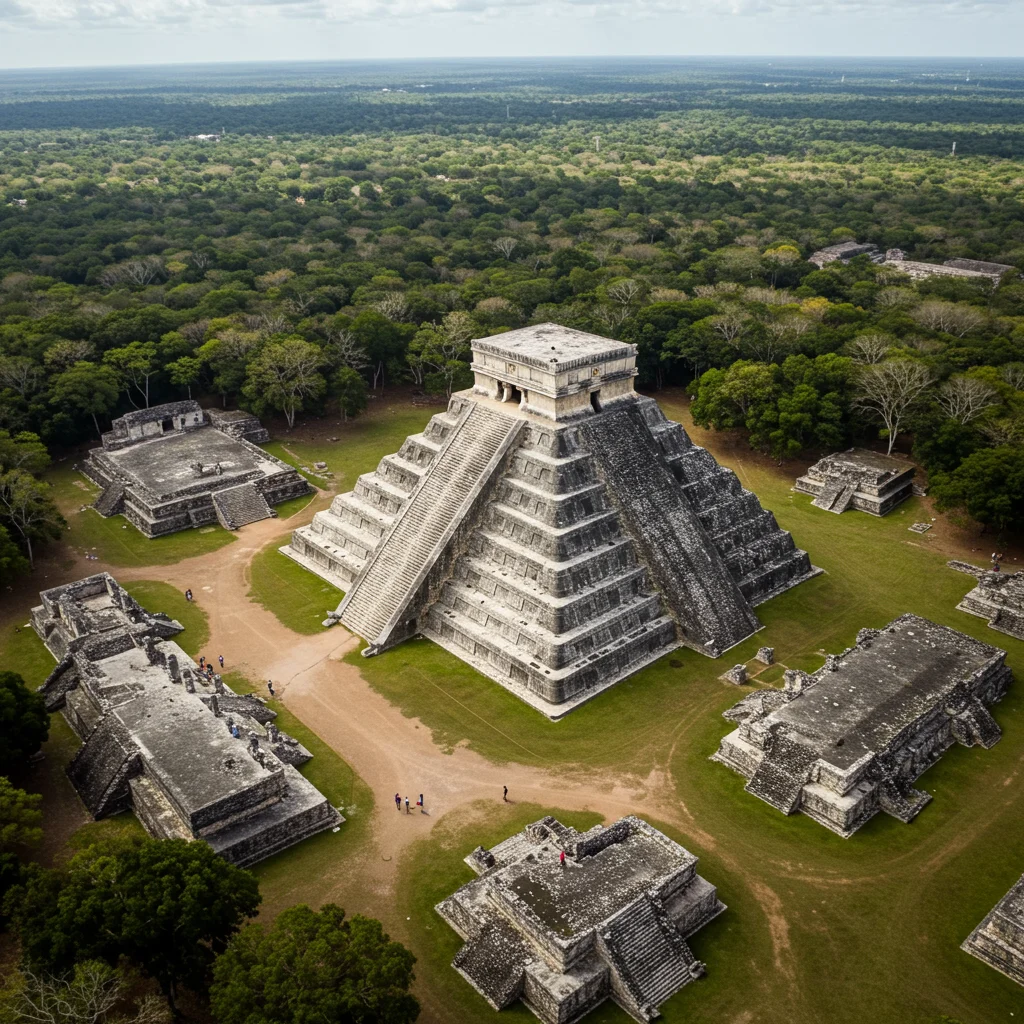
Architectural Innovations
The city’s monuments feature engineering marvels, such as the shadow-serpent phenomenon at El Castillo and the acoustic perfection of the ball court. These innovations set Chichen Itza apart from other Maya cities.
Astronomical Alignments: Who Designed Them?
Buildings were carefully aligned with celestial events, including the equinoxes and solstices. Maya astronomer-priests designed these features, integrating science and spirituality in stone.
Urban Planning and Water Management
Chichen Itza’s layout incorporated sacred cenotes, causeways, and reservoirs to supply water and support agriculture. The city’s planners responded creatively to environmental challenges, much like those who developed the oasis beaches of La Paz, featured in our look at Mexico’s hidden coastal gems.
Common Myths and Misconceptions About Chichen Itza’s Builders
Popular culture has given rise to many myths about Chichen Itza’s origins. Distinguishing fact from fiction is essential for understanding the site’s real history.
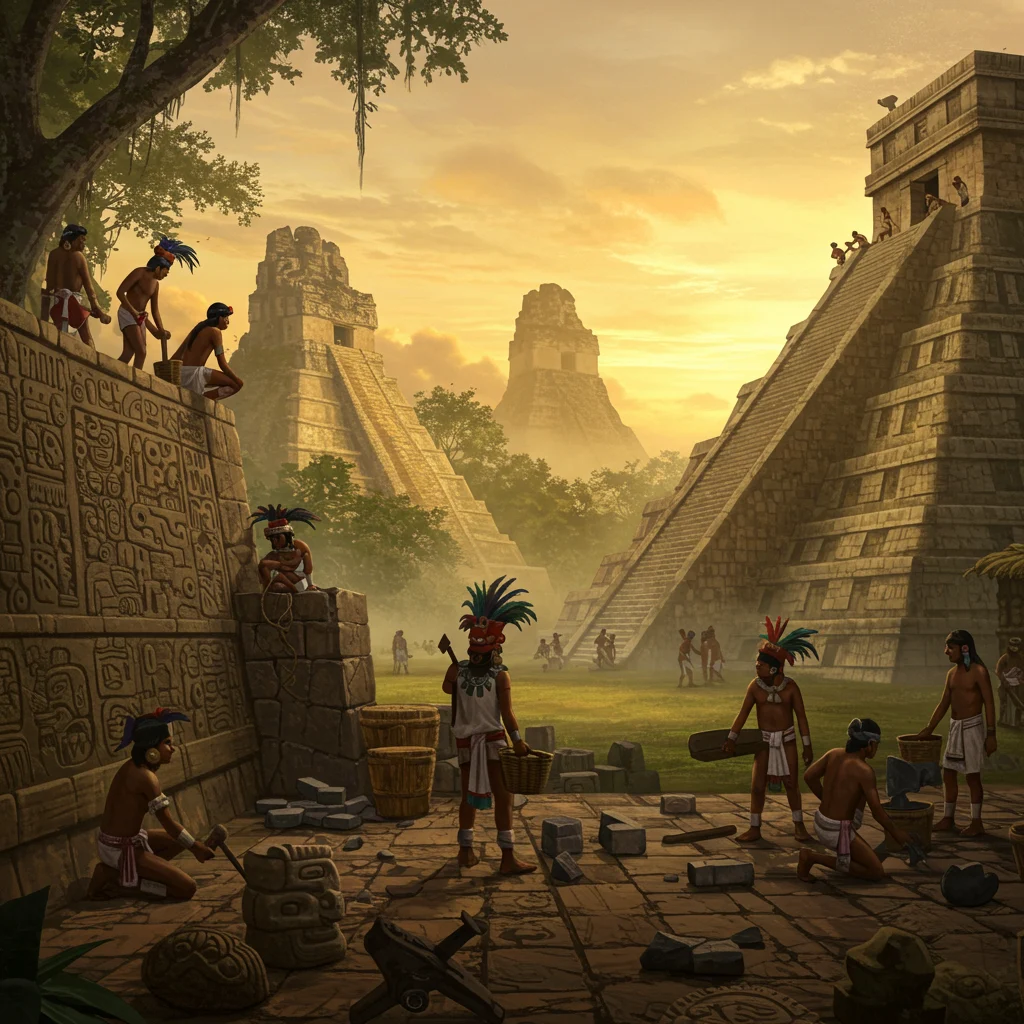
Was Chichen Itza Built by Aliens?
Despite frequent claims in documentaries and online forums, there is no evidence that extraterrestrial beings constructed Chichen Itza. Archaeological research attributes the site to human ingenuity and collaboration.
Misattributions in Popular Culture
Movies, books, and tourist guides sometimes credit the city to mythical or non-Maya builders. These misattributions overlook the substantial achievements of the Maya and their allies.
How Hollywood Has Shaped Perceptions
Hollywood films often exaggerate or distort the history of Chichen Itza, favoring sensational stories over archaeological fact. A respectful approach to the site honors the legacy of its true creators.
Visiting Chichen Itza: Experiencing the Legacy Today
Walking among the ruins of Chichen Itza, visitors feel the weight of centuries in every stone and shadow. The site remains a powerful symbol of resilience, creativity, and multicultural achievement.

Key Sites to See
Highlights include El Castillo, the Great Ball Court, the Temple of the Warriors, and the Sacred Cenote. Each structure offers a glimpse into the lives and beliefs of those who built and worshipped here.
Guided Tours: Learning About the Builders
Expert guides provide valuable context and stories, helping visitors appreciate the site’s architectural feats and cultural significance. Booking activities through reputable platforms like Viator ensures access to knowledgeable local experts and immersive experiences.
Respecting Indigenous Heritage
Visitors are encouraged to honor the site’s significance by following guidelines, supporting local communities, and learning about Maya history and customs. Responsible tourism helps preserve Chichen Itza for future generations.
How to Book on Viator
Planning your trip to Chichen Itza is straightforward with Viator. Their platform offers a wide range of tours, skip-the-line tickets, and exclusive experiences led by certified guides. You can compare options, read verified reviews, and secure your spot in advance—all with a few clicks.

Whether you want to join a group tour, arrange private transportation, or book activities tailored to your interests, Viator provides reliable choices to enhance your journey to this UNESCO World Heritage Site.
Conclusion: Who Really Built Chichen Itza?
Summary of Evidence and Theories
The question of Chichen Itza’s builders does not yield a single, simple answer. Instead, the evidence points to a vibrant partnership of Maya, Itza, Toltec, and local communities, each contributing skills, ideas, and traditions. Through collaboration and adaptation, these peoples created a city whose influence endures across centuries.

The Ongoing Search for Answers
Research continues to shed light on the mysteries of Chichen Itza. As new discoveries emerge, our understanding evolves, celebrating the ingenuity and resilience of its creators. At Izase, we believe in honoring both the known and the unknown, encouraging all who visit or study Chichen Itza to approach its legacy with curiosity and respect. To learn more about journeys across Mexico’s heritage sites, visit Izase.
Further Reading and Resources
For those interested in learning more about Maya civilization, Toltec history, and the wonders of Chichen Itza, we recommend exploring academic publications, museum exhibits, and local cultural centers. Guided tours, documentaries, and books by leading archaeologists provide valuable insights and fresh perspectives on this iconic site.
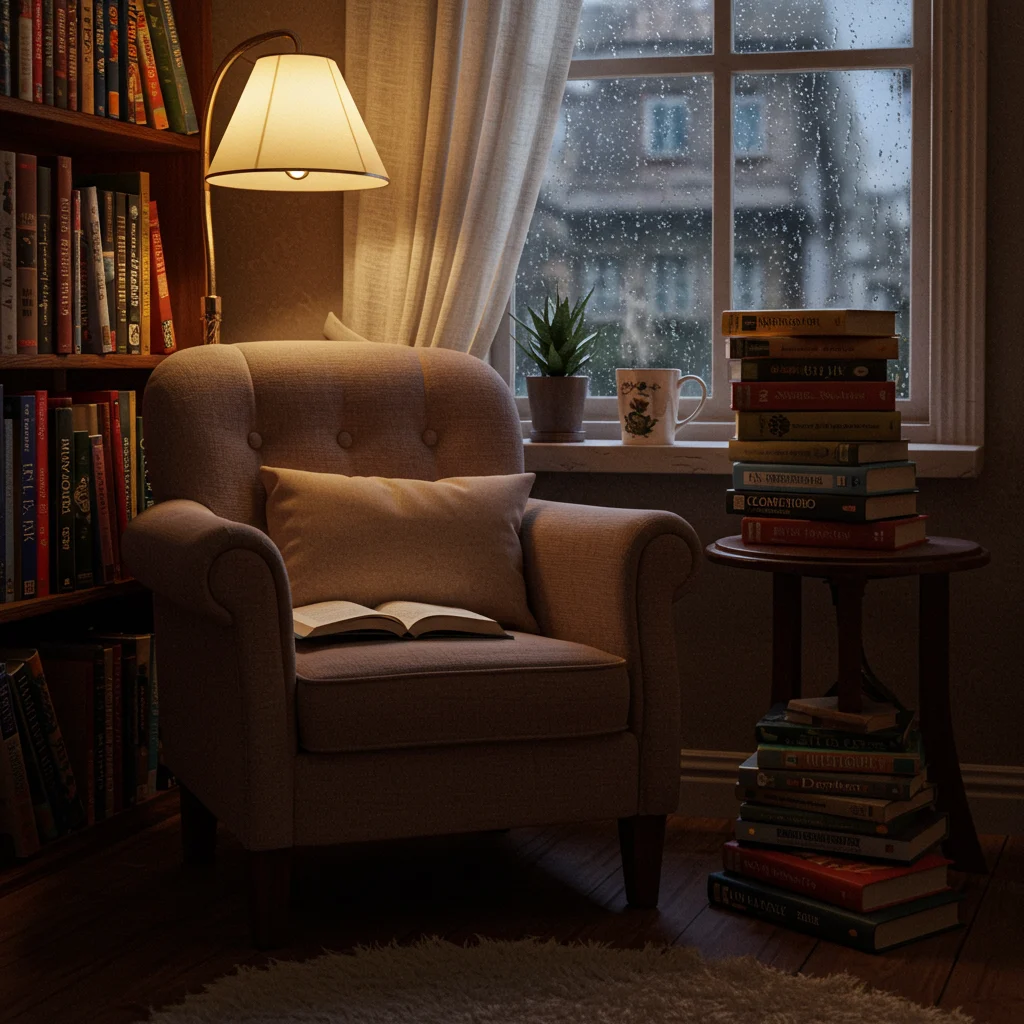
Disclaimer: This information is accurate to the best of our knowledge; however, there may be changes or mistakes. Please verify exact details on the Viator booking page.

